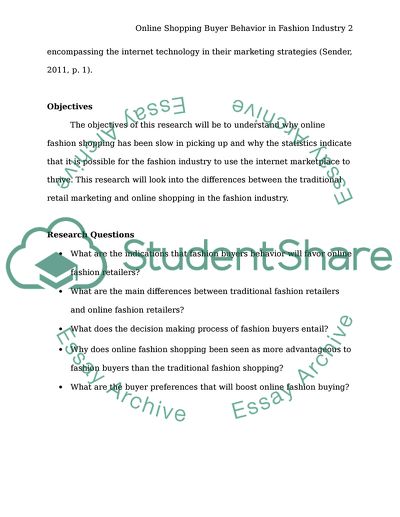Cite this document
(“Online Shopping Buyer Behaviour in Fashion industry Dissertation”, n.d.)
Online Shopping Buyer Behaviour in Fashion industry Dissertation. Retrieved from https://studentshare.org/marketing/1589846-online-shopping-buyer-behaviour-in-fashion-industry
Online Shopping Buyer Behaviour in Fashion industry Dissertation. Retrieved from https://studentshare.org/marketing/1589846-online-shopping-buyer-behaviour-in-fashion-industry
(Online Shopping Buyer Behaviour in Fashion Industry Dissertation)
Online Shopping Buyer Behaviour in Fashion Industry Dissertation. https://studentshare.org/marketing/1589846-online-shopping-buyer-behaviour-in-fashion-industry.
Online Shopping Buyer Behaviour in Fashion Industry Dissertation. https://studentshare.org/marketing/1589846-online-shopping-buyer-behaviour-in-fashion-industry.
“Online Shopping Buyer Behaviour in Fashion Industry Dissertation”, n.d. https://studentshare.org/marketing/1589846-online-shopping-buyer-behaviour-in-fashion-industry.


